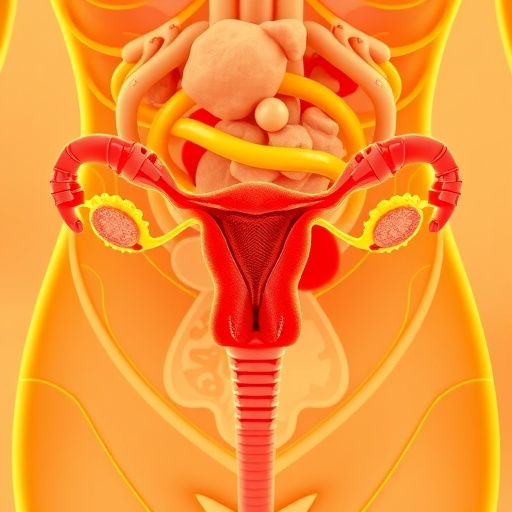Taxes on sugary products and labels on the front of packages can help reduce sugar consumption, according to a study from the University of Waterloo.
The study, which included more than 3,500 people aged 13 and over on their purchasing behaviour last spring, also found that taxes could have the greatest impact if 100 per cent fruit juice was included in reduction efforts.
“Governments don’t need to wait to implement these policies; they’re already used in many other parts of the world and are successful in helping people make healthier food choices,” said Rachel Acton, a doctoral student in the School of Public Health & Health Systems. “Many people don’t realize that fruit juice can have just as much sugar, or more, as regular pop, and these types of drinks aren’t always included in a tax when evidence shows that maybe they should be.”
In the study, participants purchased food and snacks in scenarios involving different levels of sugar taxes, as well as different types of ‘front-of-package’ labels, including labels that have been proposed by Health Canada that warn consumers about high levels of sugar, salt, and saturated fat in pre-packaged foods.
The study found that when prices increased due to taxes, or packages displayed nutrition labels such as the ‘high in sugar’ label on the front of packs, people bought drinks and snacks with less sugar, sodium, saturated fat and calories.
“One interesting finding was that the ‘high in’ labels proved to be most effective at encouraging purchases with less sugar, sodium, saturated fat and calories,” said Acton. “This is the type of labelling system the Canadian government is considering, and has been already implemented in Chile.
“Other systems, like the traffic light labeling used in the U.K. and the health star ratings used in Australia and New Zealand, had some impacts on people’s purchases, but to a lesser extent.” Traffic light labels use a red-yellow-green rating, while health star labels use ratings to indicate overall healthiness.
Co-author David Hammond, a professor in the School of Public Health and Health Systems, said, “Taxes on sugary drinks and better nutrition labels are the types of measures that can help reverse increasing rates of obesity and chronic disease from unhealthy diets. Evidence is particularly important given strong opposition from the industry. Indeed, industry lobbying has delayed and threatens to derail the nutrition labels announced by the federal government more than a year ago.”
###
The study, “Taxes and front-of-package labels improve the healthiness of beverage and snack purchases: a randomized experimental marketplace,” was published in the International Journal of Behavioral Nutrition and Physical Activity, and co-authored by Rachel Acton, Amanda Jones (University of Otago, New Zealand), Sharon Kirkpatrick (University of Waterloo), Christina Roberto (Penn State University) and David Hammond (University of Waterloo).
Media Contact
Matthew Grant
[email protected]
http://dx.





